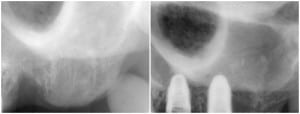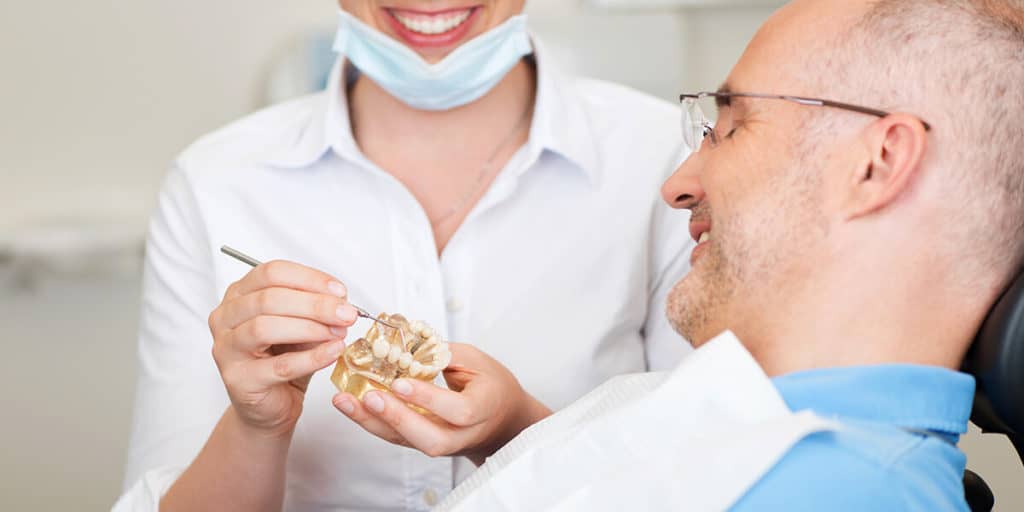What is a Bone Graft?
Bone Grafting is a procedure performed to add bone or help your own body grow new bone in areas of your jaw where the bone has resorbed due to disease or areas where there has been a tooth missing for a long time.
When Do I need a Bone Graft?
The most common use for bone grafting is in the placement of dental implants. Bone grafting will be necessary in cases where there is a lack of adequate bone volume in terms of front to back (lip to tongue) depth or thickness; top to bottom height; and left to right width. Sufficient bone is needed in three dimensions to securely integrate with the root-like implant. Improved bone height—which is very difficult to achieve—is particularly important to assure ample anchorage of the implant’s root-like shape because it has to support the mechanical stress of chewing, just like a natural tooth.

What is Used for Bone Grafting?
A wide range of grafting materials and substances may be used during the process of bone grafting / bone replacement. They include the patient’s own bone (autograft), or artificially produced bone-like substances. Although these substances are not actual bone, they form a matrix around which your own bone can grow.
What Does the Procedure Involve?
Bone graft surgery has its own standard of care. In a typical procedure, the clinician lifts the gum to fully expose the jawbone at the graft site, the graft material is then placed into the site and a membrane is placed on the grafted site. The membrane gives the graft an ideal environment to heal and for new bone to form. The graft site is then allowed to heal for several months.
The clinician typically takes a new radiograph to confirm graft success in width and height, and assumes that positive signs in these two dimensions safely predicts success in the third dimension; depth. Where more precision is needed, usually when mandibular implants are being planned, a 3D or cone beam radiograph may be called for at this point to enable accurate measurement of bone and location of nerves and vital structures for proper treatment planning. The same radiographic data set can be employed for the preparation of computer-designed placement guides.
Correctly performed, a bone graft produces live vascular bone which is very much like natural jawbone and is therefore suitable as a foundation for implants.
What Are the Costs?
At our office bone grafts typically run about $500-$750 over the cost of your treatment per site. Every case can vary dramatically and so can the costs, but over 80% of the bone grafts and sinus lifts we perform are in this range
Looking for more information? Book a consultation at LA Dental Clinic today!
